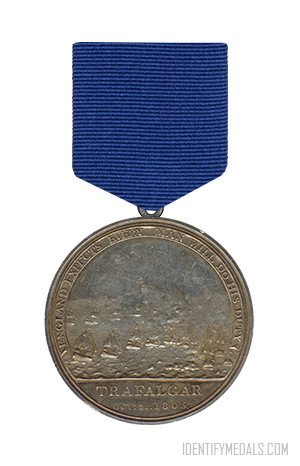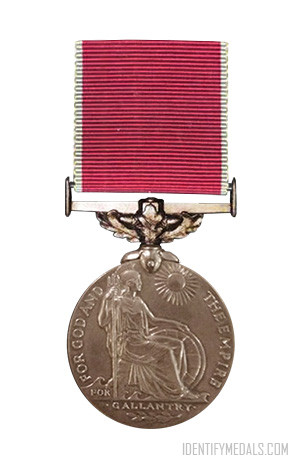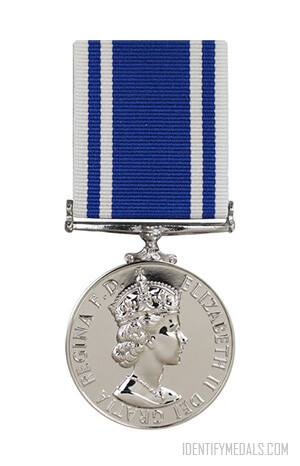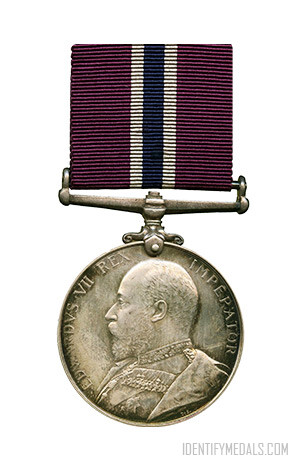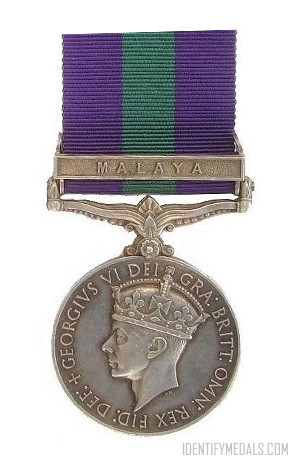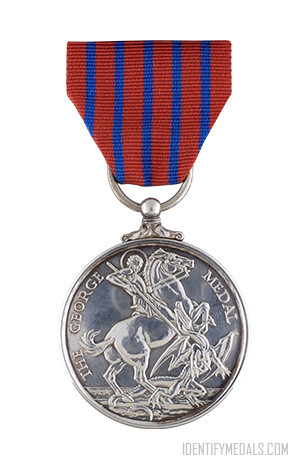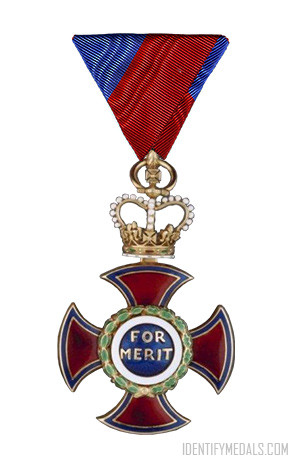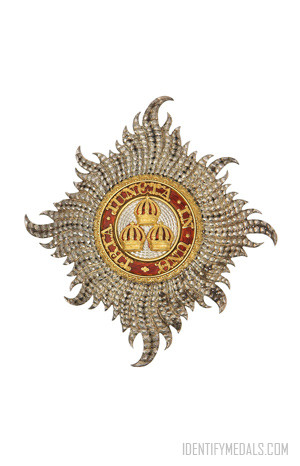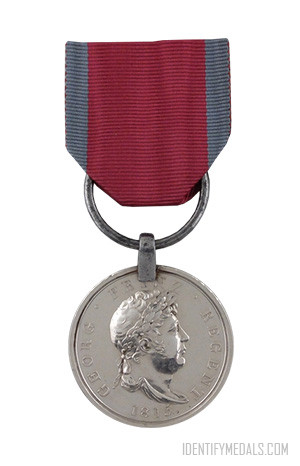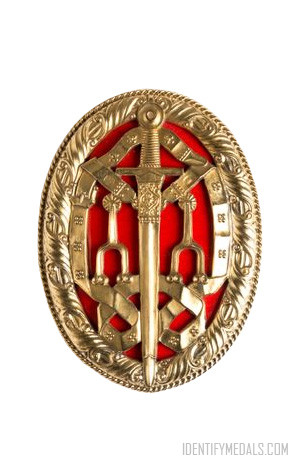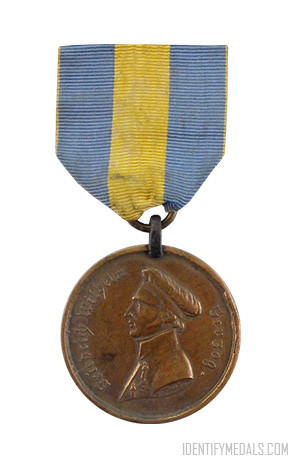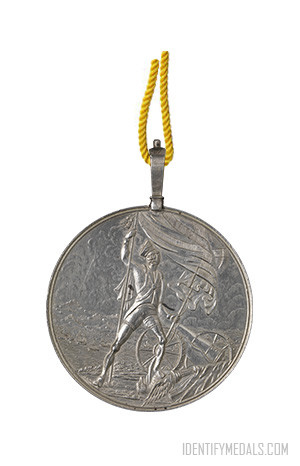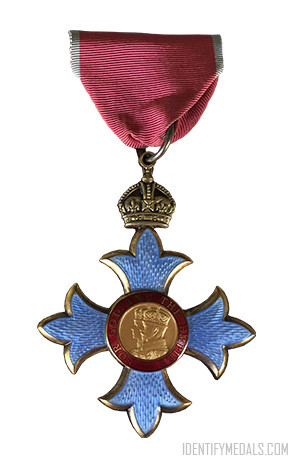- Time Period: Pre-WW1
- Year of Institution: 1805
- Country: Great Britain
The Boulton’s Trafalgar Medal was struck by Matthew Boulton of the Soho Mint, Birmingham, on his own initiative, to be presented to survivors of the battle of Trafalgar. Boulton was “publicly saddened” that King George III had not produced an award for the brave Royal Navy seamen who fought & won the Battle of Trafalgar on 21st October 1805.
It’s said that when the crews found out that the medal wasn’t made of silver (they were small, flat, two-piece metal shells) and couldn’t be pawned for 5 shillings, the vast majority were duly thrown overboard into the harbor.
The medal was re-stuck on at least two occasions. There’s a medal in the exhibition at the Nelson, Navy, Nation Gallery in the National Maritime Museum, Greenwich, London.
The Boulton’s Trafalgar Medal Design
The medal is struck in gold, silver, white metal, gilt-bronze or bronze and measured 48 mm in diameter.
The obverse shows the bust of Vice-Admiral Viscount Nelson with pigtail, in uniform and with ribbon and star of the Bath. An inscription reads: ‘HORATIO VISCOUNT NELSON K.B. DUKE OF BRONTE &‘.
The reverse shows a general view of the battle and the legend: ‘ENGLAND EXPECTS THAT EVERY MAN WILL DO HIS DUTY‘. On the exergue is inscribed: ‘TRAFALGAR. OCTR. 21. 1805‘.
The medal was initially awarded without a ribbon or suspension but unofficially used a 32mm navy blue one.

